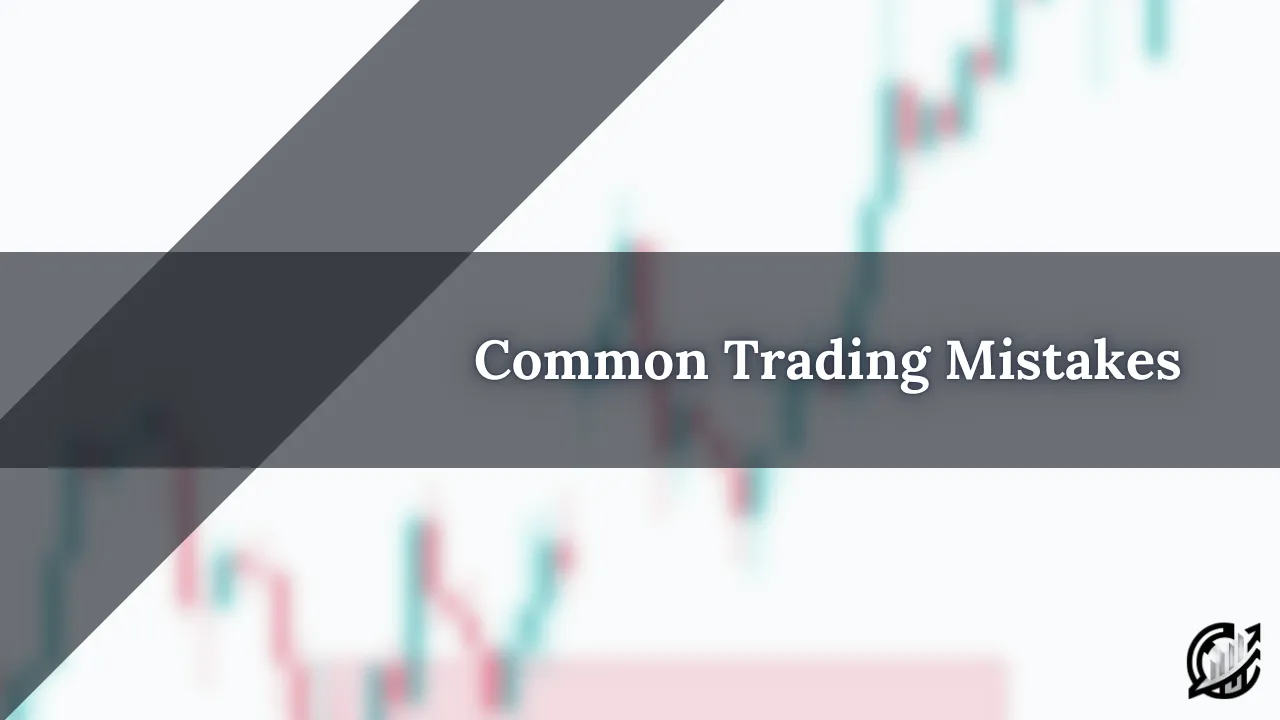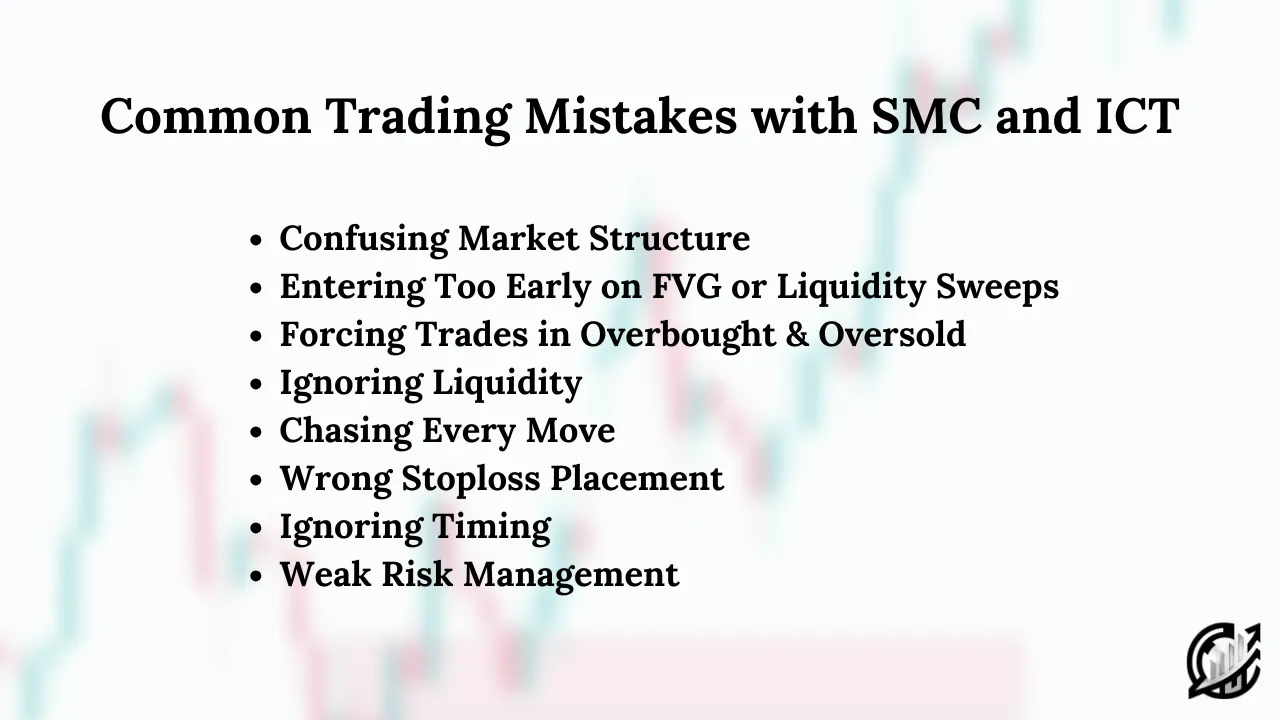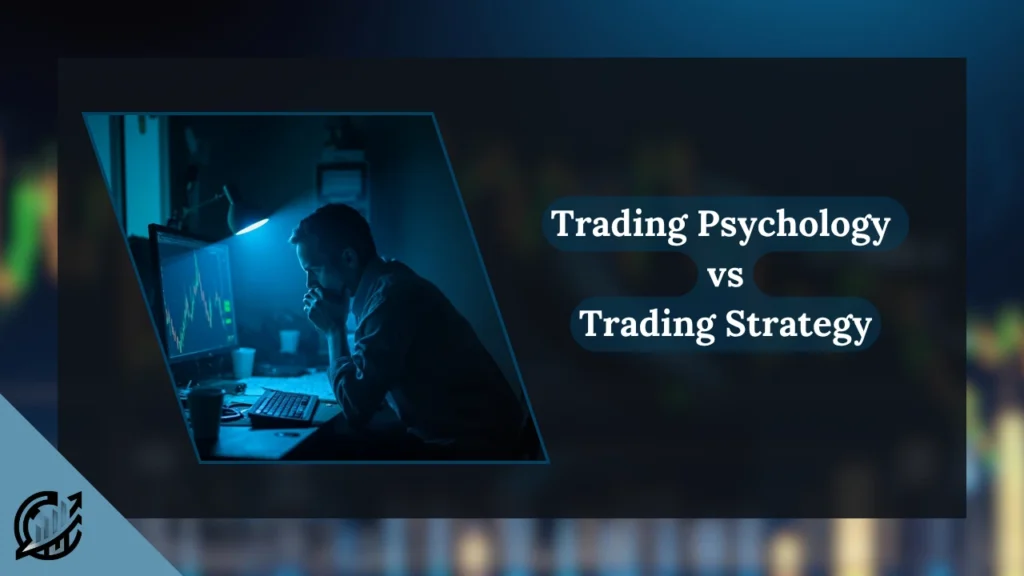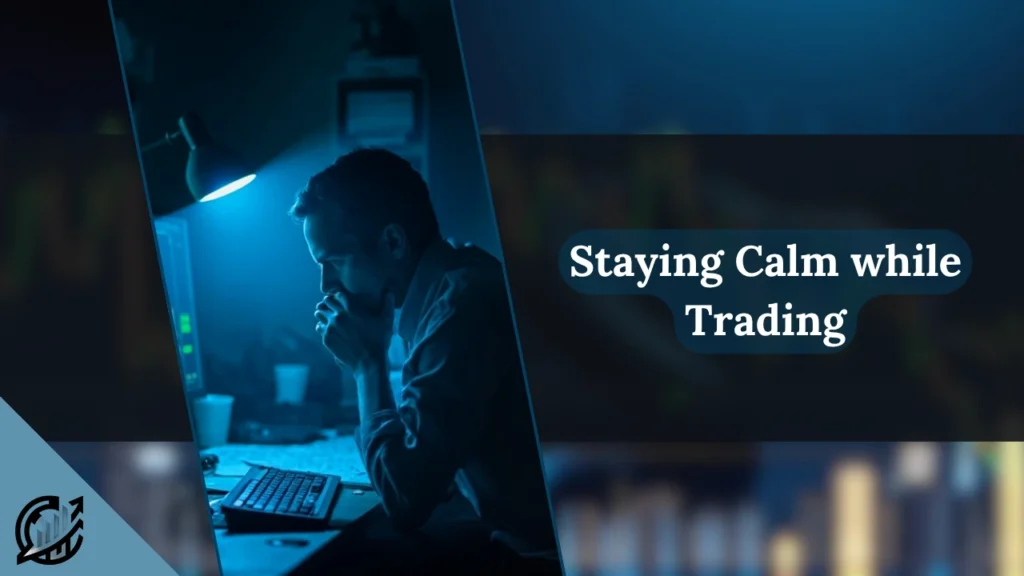
Table of Contents
Trading is not a simple job. That is the reason experts claims that it is not just about strategies. They emphasize that psychology plays an important role in executing trading strategies. Most common trading mistakes are not about wrong trading strategies and more about wrong trading mindset.
SMC, ICT, Price action and indicator-based traders fail when fear, greed, or impatience influence decision-making. Even strong strategies fails when there is no discipline.
This article explores the relationship between strategy and psychology that helps traders avoid repeating the same mistakes again and again.
Strategies, Mindset & Common Trading Mistakes
In trading, we cannot separate trading psychology and strategies. These two are considered as inseparable forces that shapes important trading decision. Most common trading strategies include SMC, ICT, traditional price action, and indicator-based trading strategies.
SMC and ICT trading strategies are complex but logical and considered as advanced price action combined time aspect in trading. One of the powerful trading indicator-based trading strategies include trading in overbought and oversold trading. This provides structured trading.
There comes an important role of trading psychology. It is psychology that determines whether traders follow these strategies correctly. Most common trading strategies in trading arise not from flowed trading strategies but from emotional biases such as fear, greed, and impatience.
Take the example of entering too early on a fair value gap. This type of entry is often driven by FOMO (Fear of Missing Out), while ignoring liquidity sweeps on smaller timeframes reflect herd mentality.
Common Trading Mistakes in Trading Strategies
Trading strategies like SMC, ICT and overbought and oversold indicators can give traders powerful insights into the market. However, even with these strategies and methods, beginners often make critical mistakes that reduce profitability and create unnecessary losses.

Majority of these mistakes stem from misunderstanding market structure, impatience, poor timing, and emotional influences like fear and greed.
Confusing Market Structure
In SMC and ICT trading, misinterpreting market structure can lead to trade failure. Even in indicator-based trading, it is advised to combine them with price action by understanding proper higher highs and low in uptrend, and lower lows and highs in downtrend.
In SMC and ICT trading, traders often incorrectly mark a break of structure or a change of character. This is a significant mistake. When a trader incorrectly identifies a structure, they often trade against the main trend. These are the premature entries that costs them in dollars.
Fixing this is a simple and straightforward. It requires discipline. One of the best practices is efficient timeframe selection. Higher timeframe provides the context of the trend and lower timeframes can be used for refined entries.
Entering Too Early on FVG or Liquidity Sweeps
In smart money trading, beginners make mistakes by entering too early when they find FVG or liquidity sweep. ICT teaches that price often returns to FVGs. This notion is taken seriously by beginners without understanding other aspects ICT methodology.
Sometime, market retracements are deeper than usual. Consequence of impatient decision-making on early order blocks and FVGs results stopped out early. Its ultimate solution is to wait for clear displacement price moves and confirmation.
In ICT trading, it is recommended to use entry models such as a structural shift on lower timeframe after liquidity has been taken.
Forcing Trades in Overbought & Oversold
Traders, especially beginners, often misuse overbought and oversold indications, such as RSI. A common misconception is believing that RSI values above 70 automatically signals a sell, while RSI below 30 signals a buy. This is oversimplification of using RSI values which leads to poor decision-making.
Markets can remain overbought or oversold extending periods during strong trends. To avoid this mistake, overbought and oversold reading must be combined with market structure and other price action strategies. Fore example, an RSI oversold reading aligned with a daily demand zone and a bullish BOS provides much stronger confluence for a valid long entry.
Ignoring Liquidity
Liquidity is a cornerstone of SMC and ICT methods. Beginners often overlook the importance of liquidity and rely heavily on common retail patterns. Institutions and Smart Money uses these patterns to hunt liquidity.
The impact of ignoring liquidity is frustrating. Market often sweep liquidity before the real move. In order to fix this issue, you must think like smart money. Instead of trading where retail traders enter, focus on where liquidity pools exist.
Chasing Every Move
One of very common psychological mistake is chasing every impulse price swing. Technically, it is not possible to trade every possible scenario. Beginner SMC traders jump into every FVG, order block, or RSI reading because they fear missing out. This type of behavior leads to overtrading.
Overtrading makes the market feel overwhelming. It causes trader to leave their trading plan and liquidate quickly.
Its ultimate solution is to define one or two high-probability setups and follow them completely. Take the example of optimal trade entry setup which combines MSS and FVG fill. However, it requires patience and practice.
Wrong Stop-loss Placement
Never ignore efficient stop-loss placement. In stop-loss placement, never compromise on your risk-to-reward ratio. Beginners either place stops too tight inside liquidity zones or too wide. One leads to opportunity loss and other destroy their risk-to-reward ratio.
The wrong placement of stop-loss makes the result predictable. Tight stops get hunted by normal price fluctuation, while wide stops risk too much of the account on a single trade. The type of practices hurt your performance.
The best practice is to place stops beyond liquidity zones rather than inside them. Michael also emphasizes using liquidity sweeps to identify logical stop-loss levels.
Ignoring Timing
Timing is another important aspect in ICT trading methodology. Beginners often ignore it. Never ignore the high-probability trading windows such as ICT kill zones. Among them are New York trading kill zones and London kill zone.
In trading sessions, trading during low liquidity hours exposes traders to false moves, sideways markets, or sudden manipulations. This reduces accuracy.
To fix this, traders should focus on high volume times when institutions are most active. These time windows provide reliable setups and stronger directional moves.
Weak Risk Management
Poor risk management is one of the common trading mistakes. Many traders risk too much on a single trade because they feel confident about the setup. If you are winning one after another, do not increase position size recklessly. Never lose everything in one bad trade.
This is counted as overconfidence. It is destructive because no trading setups in SMC and ICT is guaranteed to win. A single trade should never threaten long-term capital.
The solution is to adopt a fixed percentage risk per trade. It usually ranges from 1-2%. This protects traders from large drawdowns and give their strategy room to play out over many trades.
Mindset Failure in Trading
Trading mindset is one of the deciding factors between success and failure. It is the trader’s psychology that determine how effectively those strategies are applied. Let’s explore psychological weaknesses that results technical mistakes.
Confirmation bias, a major mindset failure, is where traders see what they want to see instead of what the market is truly showing. Here, the failure here is not strategy. It is the inability to detach emotionally and read the market objectively.
Impatience, oversimplification, herd mentality and overtrading are few reasons that most of the time results in strategy failure. Impatience leads to entering trades without further confirmation. Oversimplification results in ignoring the complex nature of market.
As a trader, you have to think like big institutions, not like retail traders. Thinking like retail traders often drive traders into the herd mentality. Lastly, plan your traders efficiently and follow the plan consistently. It saves you from overtrading.
Final Thought
Efficient and successful trading requires more than strategies. It demands a discipline trading mindset. Understanding SMC and ICT, price action, and technical indicators are important. As a trader, you should be strong enough to control emotions, avoid cognitive biases, and remain patient often determine long-term success.
Trading in financial markets involve financial risk. Past performance does not predict future result. Consult a certified financial advisor before investing real money. Always trade with the capital that you can afford to lose.
FAQs
What are the most common trading mistakes with SMC and ICT?
Traders, especially beginners, often misread market structure. Their oversimplified interpretation confuses them with BOS, MSS and FVG. They enter trades too early on PD arrays. They also ignore liquidity concepts and place stop-losses poorly which lead to frequent losses.
How does psychology effect trading in smart money trading?
It often drives most mistakes. Confirmation bias leads to misreading BOS, MSS or FVG. FOMO pushes traders into less-filtered entries. Discipline and emotional control are essential for applying ICT and SMC directly.
Why do trades overtrade and how can they stop?
Overtrading stems from greed, boredom, or the urge to chase every ICT or SMC setup. This emotional trading drains accounts and creates stress. As a trader, you should limit trades per session, stick to a defined trading plan, and maintain discipline. This helps in reducing overtrading.
I’m Abdullah Shah, a content writer with three years of experience in crafting engaging and informative content. My background in market analysis complements my work, allowing me to create content that resonates with audiences. I’m also a seasoned practitioner in the forex and crypto markets, with a strong foundation and deep interest in finance. My passion for the financial world drives me to produce content that is both insightful and valuable for those interested in understanding market trends and financial strategies.





